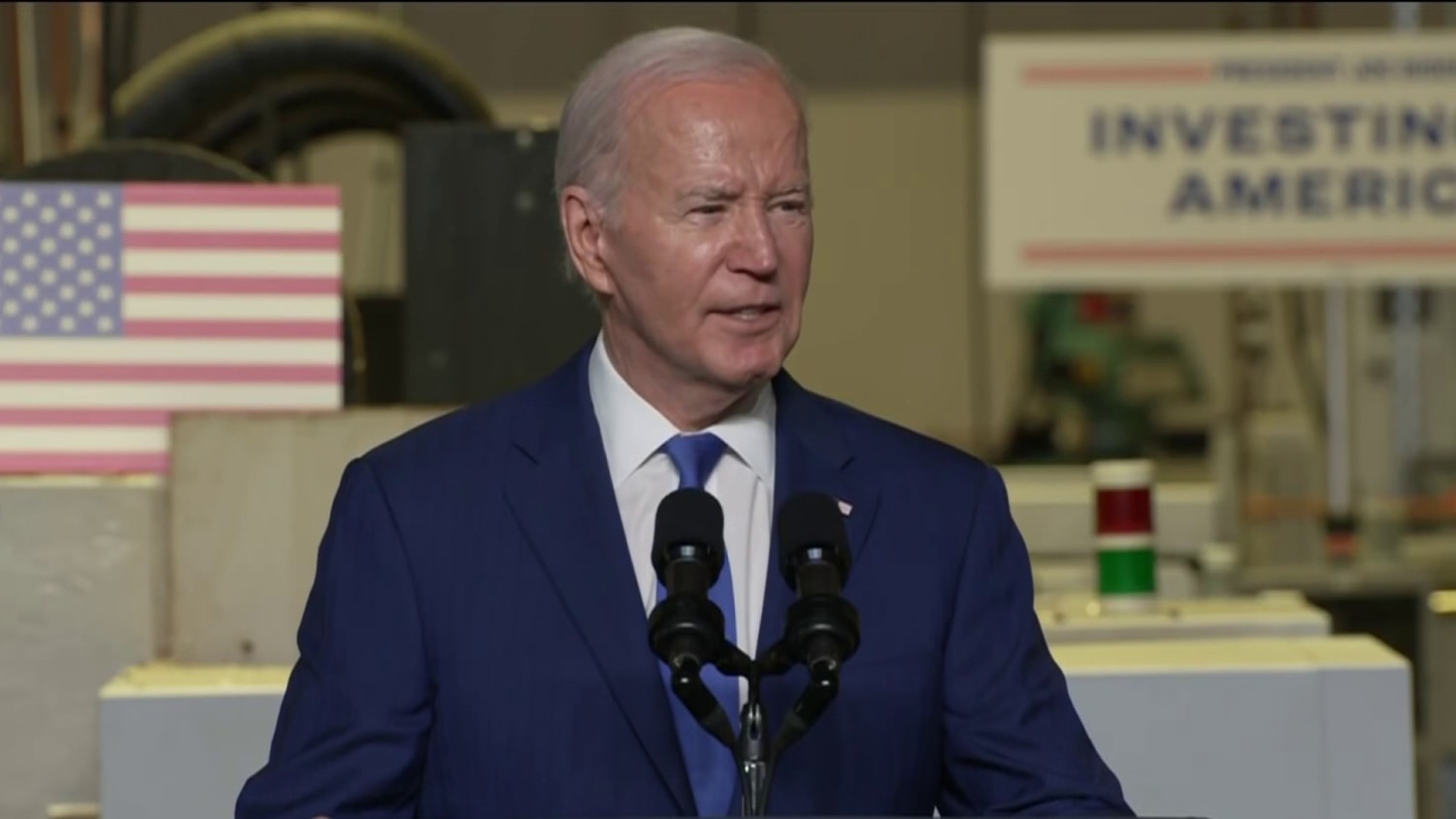In an era of rapidly advancing technology, the auto lending industry is transforming, with artificial intelligence (AI) making its mark in auto loan adjudication processes. Dealership finance teams are generally welcoming of these technological changes, but the age-old preference for face-to-face interactions remains steadfast when it comes to nurturing business relationships. The J.D. Power 2023 U.S. Dealer Financing Satisfaction Study sheds light on the evolving dynamics, highlighting the crucial role of personal meetings in driving business growth.
Preference for face-to-face relationships
The study reveals a fascinating paradox. While the auto lending landscape is becoming increasingly digital, dealership finance and insurance (F&I) teams still place immense value on traditional in-person meetings with lending sales representatives. A staggering 77% of F&I teams believe face-to-face meetings are the key to fostering increased business with lenders. Patrick Roosenberg, Senior Director of Automotive Finance Intelligence at J.D. Power, acknowledges this trend, emphasizing that effective communication during these meetings can substantially impact the outcomes.
Effective communication as the key
Roosenberg underscores that the effectiveness of in-person meetings is pivotal. When lending sales representatives are well-prepared and can clearly communicate current and upcoming programs, while tailoring their approach to the specific customer base of the dealership, the likelihood of generating more business within the next 12 months increases fourfold. However, the study also highlights a concern: nearly 40% of sales meetings fall short of being highly effective, highlighting the gap between expectations and reality in these interactions.
AI integration in loan adjudication
While personal interactions maintain their stronghold, some F&I teams embrace integrating AI and machine learning in the loan adjudication and approval process. Approximately 30% of dealership finance teams express comfort with this technological shift. However, a significant 50% remain apprehensive, indicating the industry’s need to find the right equilibrium between human interaction and technological innovation as the landscape evolves.
Study rankings
The study encompasses various segments of the auto lending market, offering insights into how different dealership professionals perceive lenders. Some notable rankings from the study include:
Captive Mass Market—Prime
- Southeast Toyota Finance takes the lead with a remarkable score of 901.
- Subaru Motors Finance follows with a score of 819.
- Mazda Financial Services secured the third position with a score of 766.
Non-captive national—Prime
- TD Auto Finance emerges as the leader for the fourth consecutive year, achieving a score of 878.
- Ally Financial secures the second spot with a score of 854.
- Wells Fargo Auto ranks third with a score of 778.
Non-captive regional—Prime
- Huntington National Bank takes the top spot with a score of 753.
- Santander Auto Finance follows closely with a score of 746.
- Fifth Third Bank secures the third position with a score of 703.
Non-captive—Sub-prime
- Ally Financial continues its streak at the top for the third consecutive year, boasting a score of 852.
- Chase Automotive Finance secures second place with a score of 762.
- Wells Fargo Auto ranks third in this category with a score of 718.
The J.D. Power 2023 U.S. Dealer Financing Satisfaction Study offers a comprehensive view of the evolving dynamics within the auto lending industry. While AI makes headway in the loan adjudication process, the study underscores the enduring preference for face-to-face interactions among dealership finance teams. Effective communication during these meetings remains a pivotal driver of increased business. As the industry continues to balance technological advancements with traditional relationship-building methods, the study serves as a guiding light for lenders seeking to navigate this evolving landscape and foster stronger dealer relationships.





